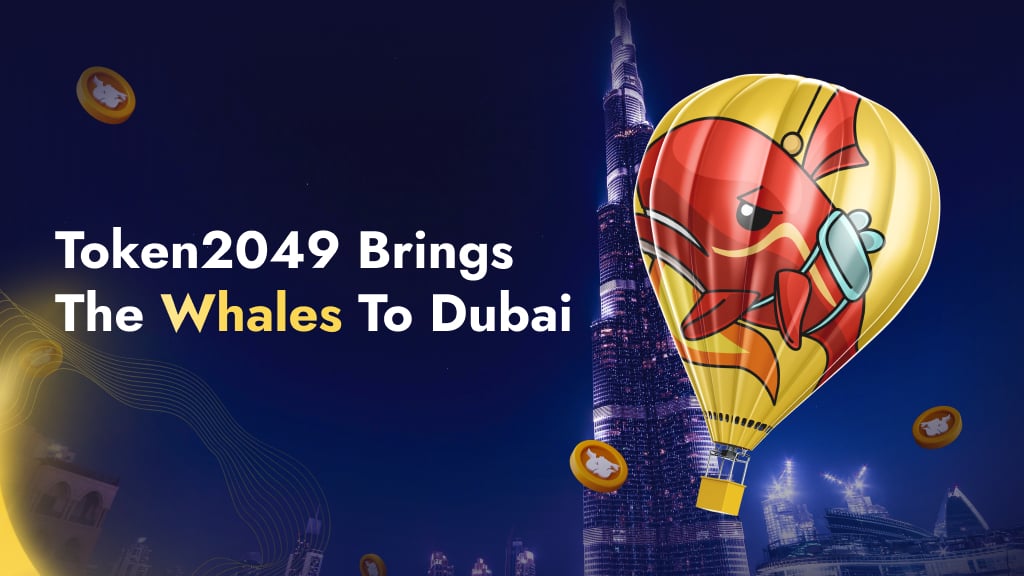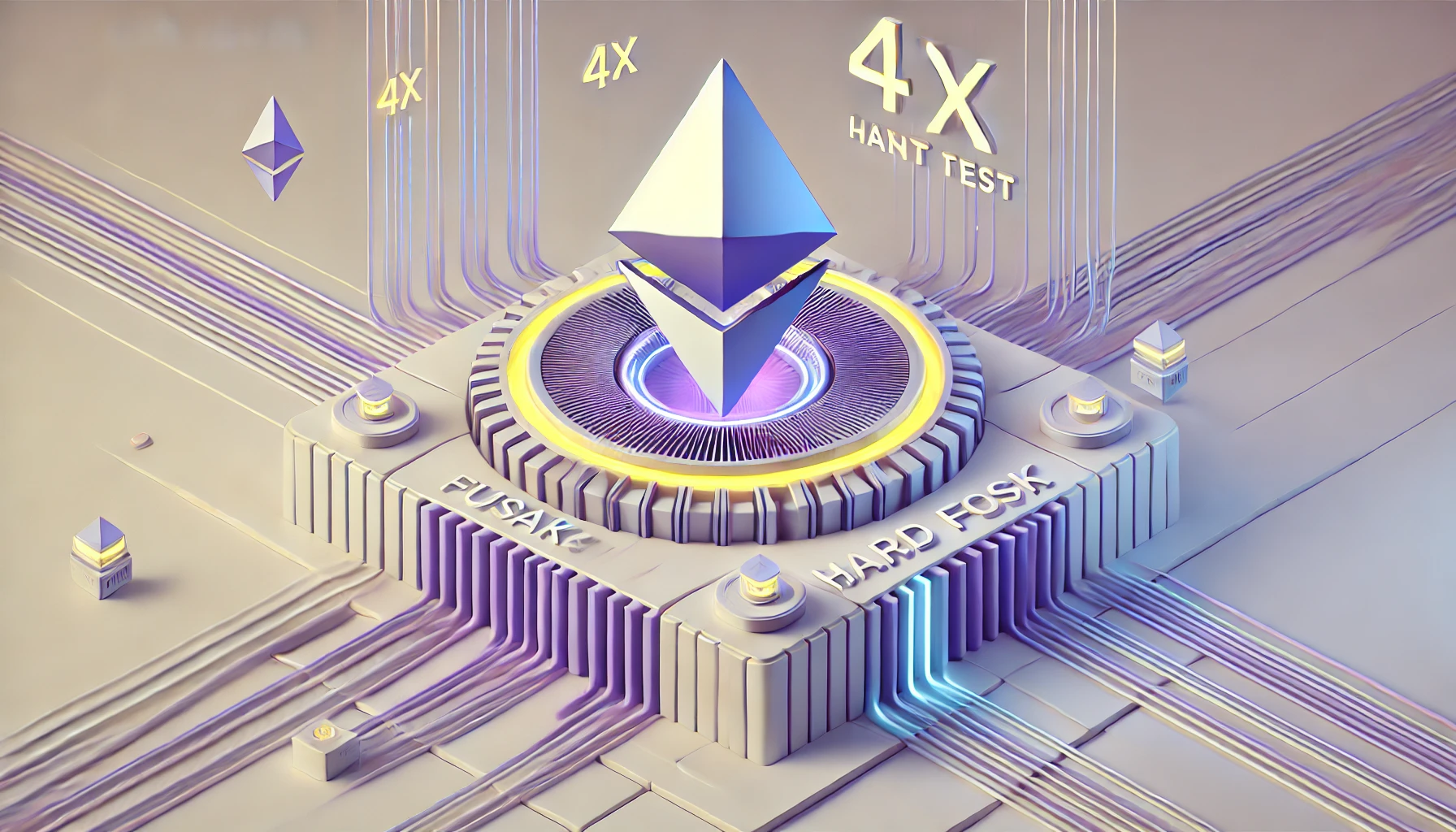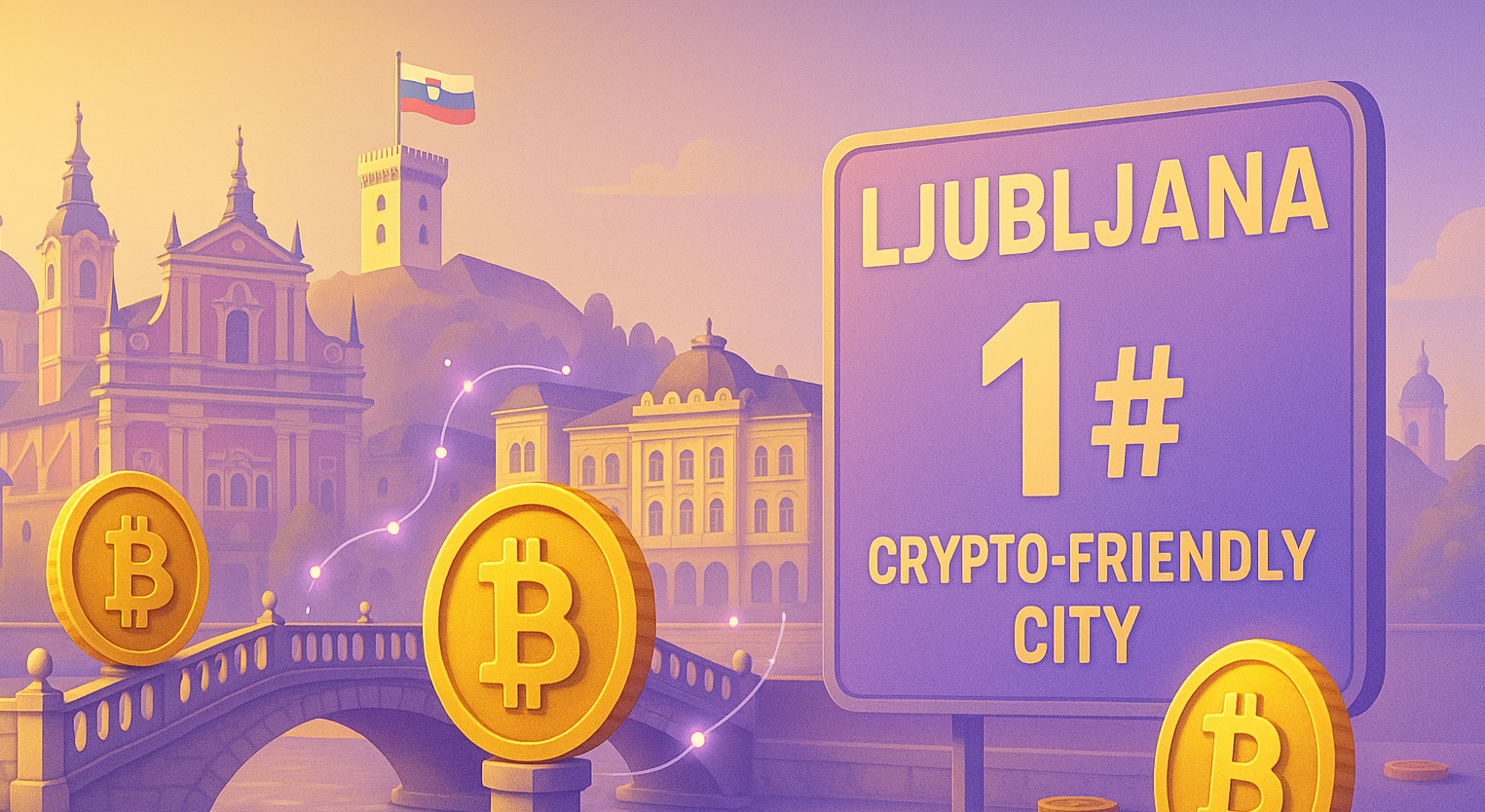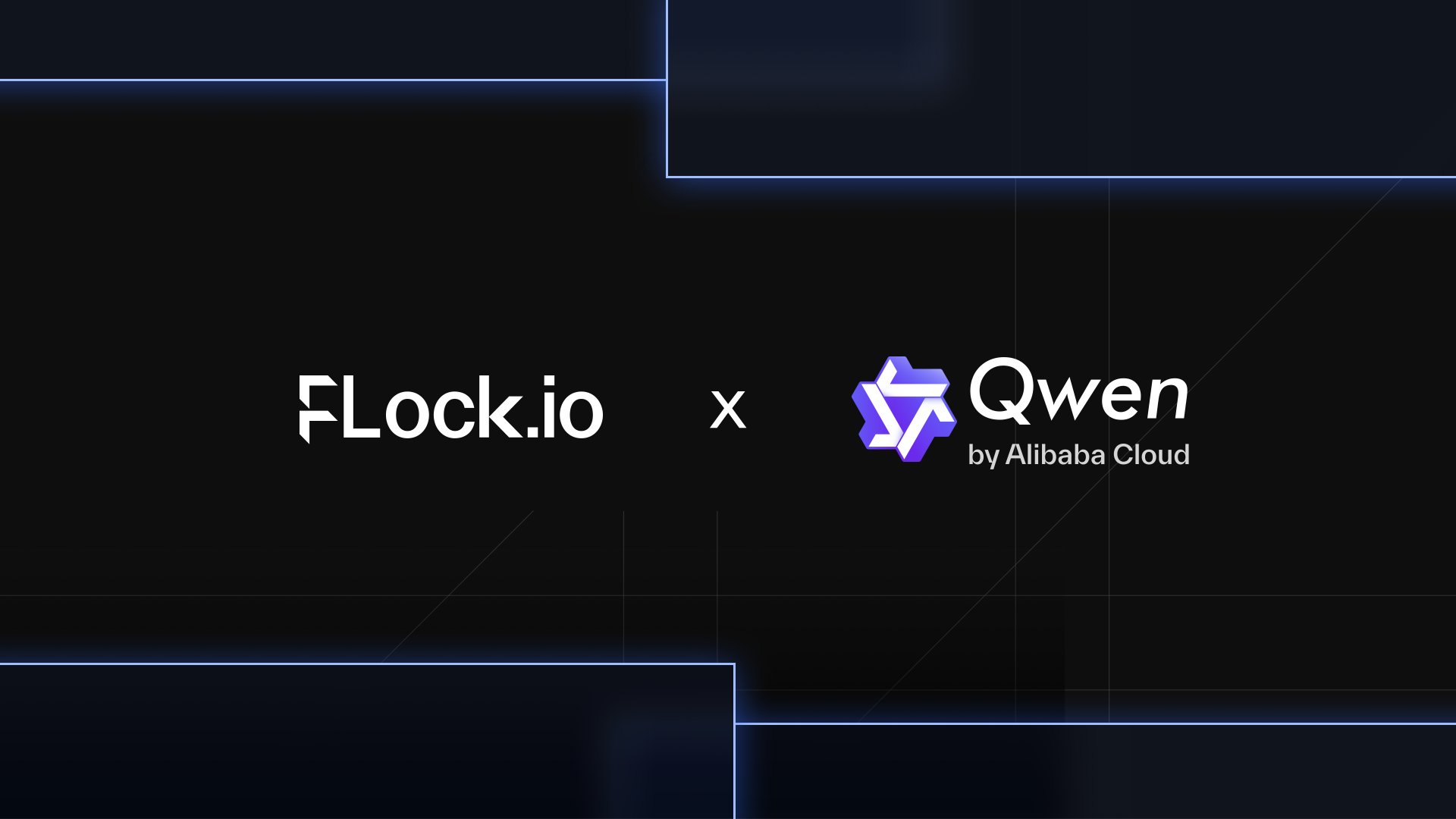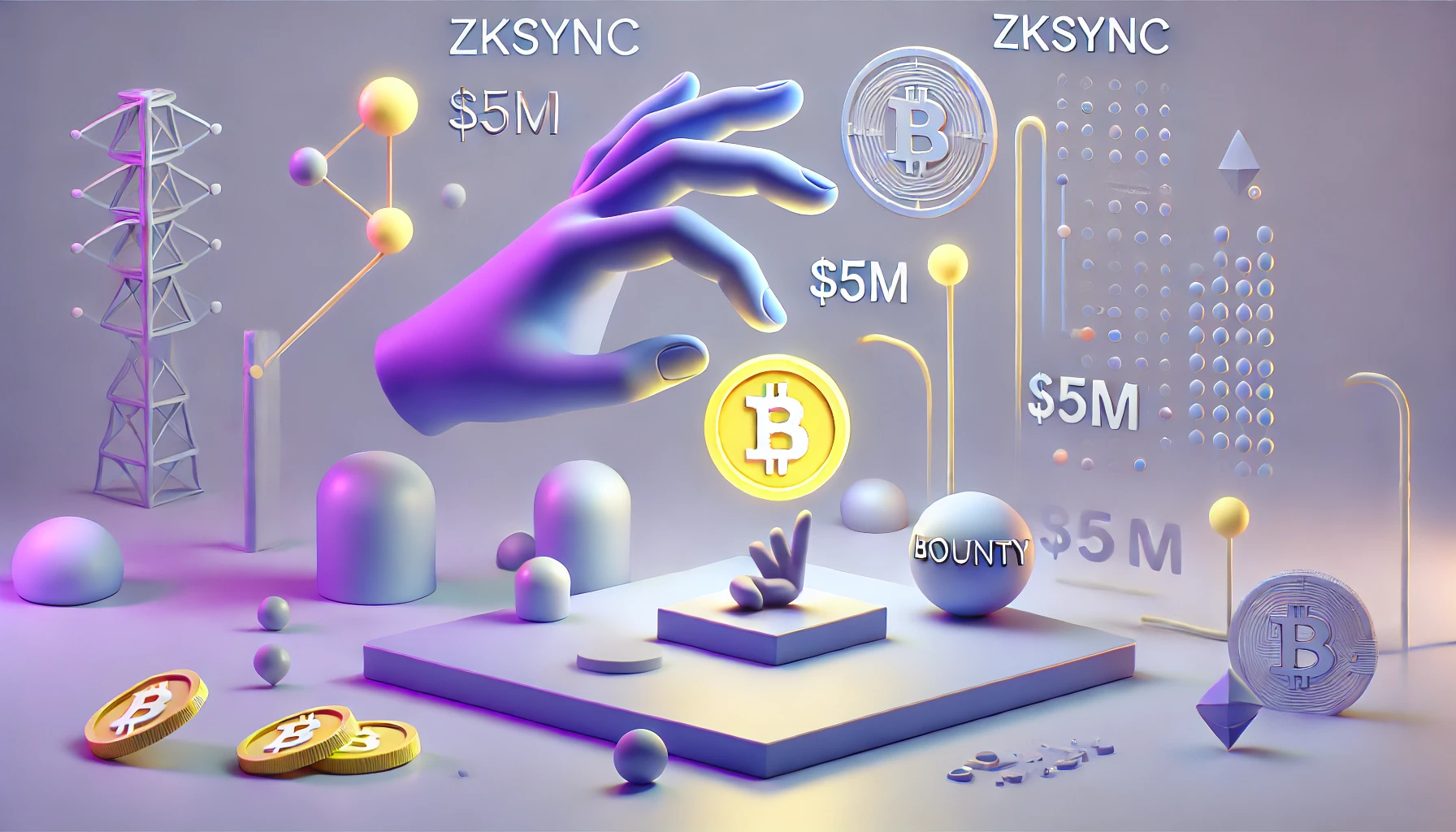Grayscale Investments, a leading digital asset manager, has filed for a Cardano trust, which could eventually become a spot ETF. This bold move confirms the growing interest in Cardano (ADA) among institutional investors and paves the way for broader adoption of the cryptocurrency. This article explores the implications of this trust application, the steps needed to transform it into an ETF, and the potential impact on ADA’s price and ecosystem.
Grayscale Cardano Trust: A Prelude to an ETF?
Grayscale’s Cardano trust application is an important step toward the potential creation of a Cardano spot ETF. A trust allows investors to gain exposure to ADA without having to directly purchase and store the cryptocurrency. It is a more accessible and regulated investment product than simply holding ADA, making it attractive to institutional investors and individuals who are hesitant to venture directly into the cryptocurrency market.
The creation of a trust is often seen as a preliminary step towards applying for an ETF. Grayscale has already transformed several of its trusts into ETFs, including the Grayscale Bitcoin Trust (GBTC), which became the first Bitcoin spot ETF in the United States. Grayscale’s experience in this field and its commitment to developing crypto investment products strengthen the credibility of this initiative and increase the chances of success.
Cardano Spot ETF: a catalyst for ADA?
The transformation of the Cardano trust into a spot ETF could have a significant impact on the price of ADA and its ecosystem. A spot ETF allows investors to buy and sell shares that represent the value of ADA held in reserve. This provides increased liquidity and greater transparency compared to holding the cryptocurrency directly.
The approval of a Cardano ETF could attract a significant flow of institutional capital and new retail investors to ADA. This could lead to a significant increase in demand and price of the cryptocurrency. Additionally, a Cardano ETF could strengthen the legitimacy of ADA as a digital asset and encourage the development of its ecosystem, attracting new developers, companies, and users.






